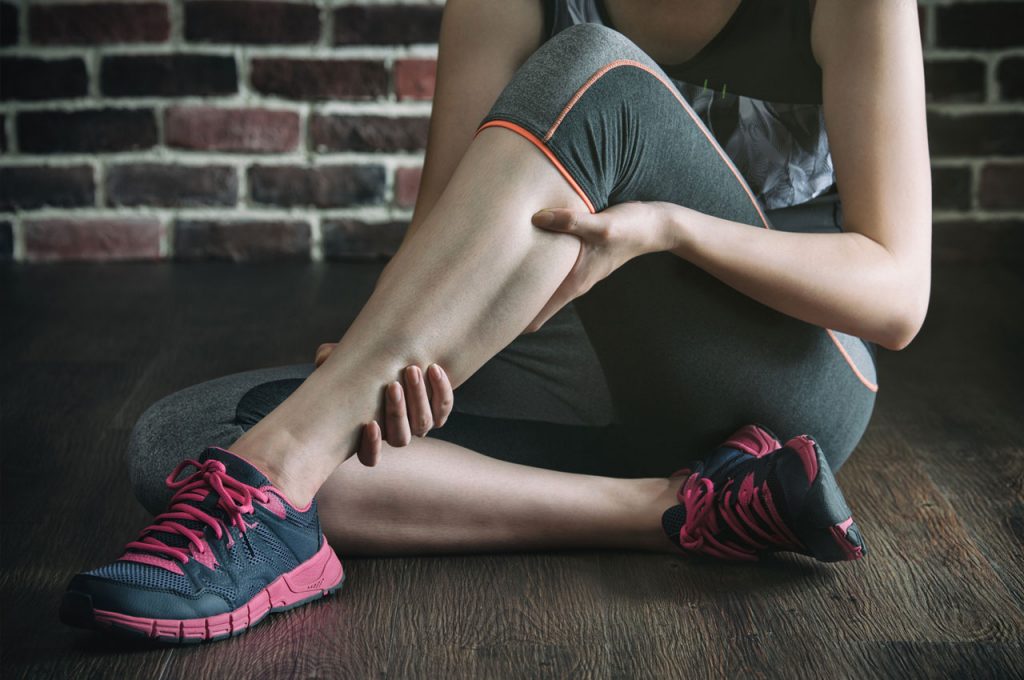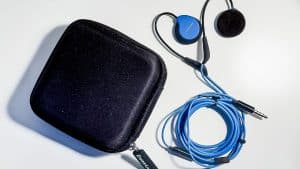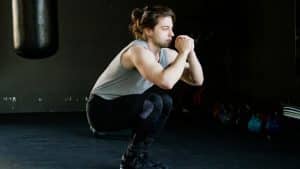Exercise-Associated Muscle Cramps (EAMC) are no fun, folks! But these are part of the lives of many athletes and those who are working out regularly. These cramps can affect muscles large and small. In some cases, the cramps can even cascade and involve multiple muscle groups at the same time. They are also not fully understood yet. Some people get them soon after they start exercising, while others only experience EAMC after a longer period of stress.
Based on the evidence we do have, EAMC are likely affected by small imbalances of water and electrolytes at the cell membrane level after a prolonged period of exertion. As this happens, fatigue starts to set in and causes the normal negative control of excitatory stimulation to muscle cells to become disinhibited. When all of this is exacerbated by stress from heat, it may combine to form EAMC.
To help avoid these painful and frustrating cramps, there are some things you can try.
Add strength training
If your routine does not include strength training, now is the time to add it. This can help boost your resistance to fatigue, an EAMC factor.
Change your training
Another way to ward off fatigue is by changing your routine. Specifically, you want to improve your routine to increase resistance to fatigue. If you’re not sure what to do here, consult with a trainer at your neighborhood gym.
Improve your form
Whether you run, bike or both, improving your form can go a long way. This can help prevent the over-stressing of muscles more prone to cramps, such as the calf muscles and your hamstrings.
Keep it hydrated
When you are racing or doing an activity where heat is a real factor, make sure you use enough water and ice to keep yourself cool. While you’re at it, maintain electrolyte intake, too. It’s not completely clear what role electrolytes play in EAMC, but it’s still best practice to keep your body balanced.
If, despite your best efforts, you find yourself with muscle cramps after working out, you can take some steps to ease the discomfort. Stretch the affected muscle and massage it lightly to help it relax. Apply heat, such as warm water in a shower or with a pad, may help, and some people also find relief adding cold via an ice pack. Whether you use heat or cold, make sure the temperature isn’t so extreme that you end up with burns.




